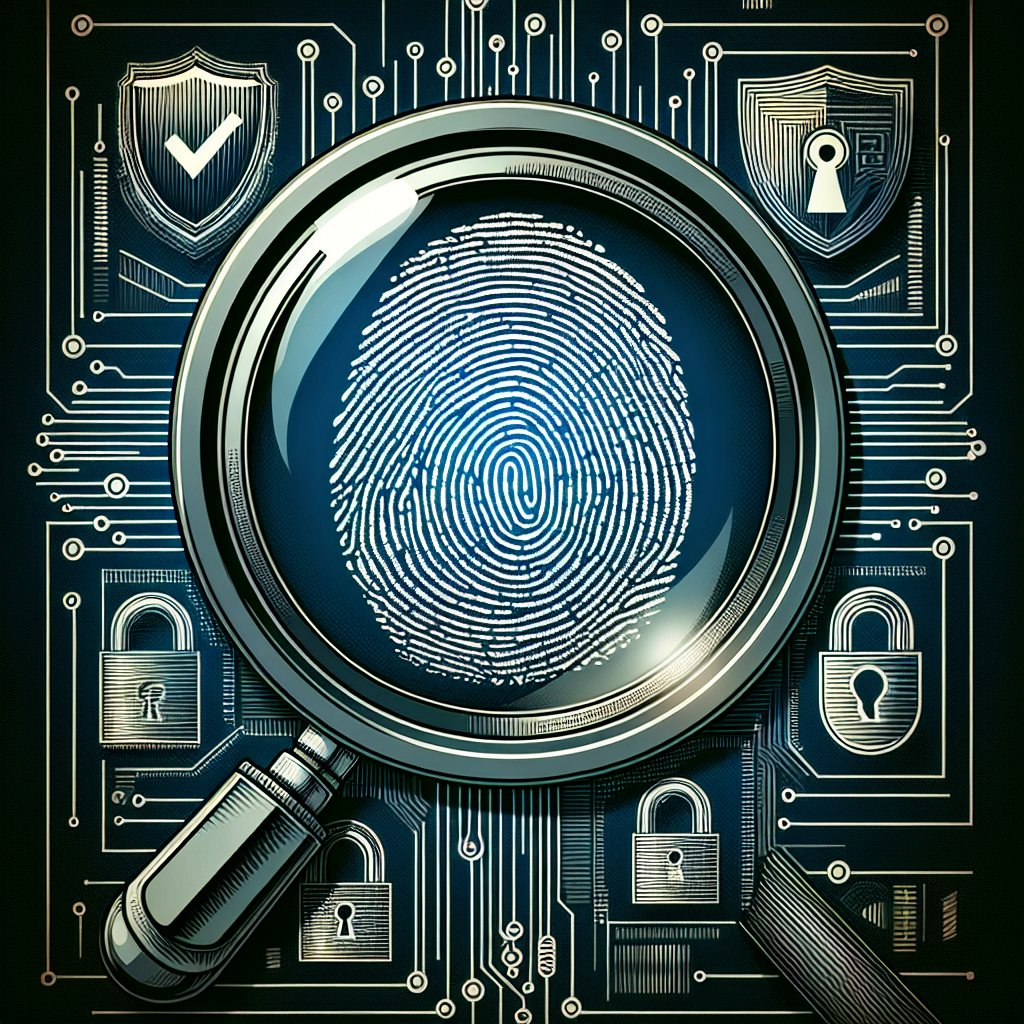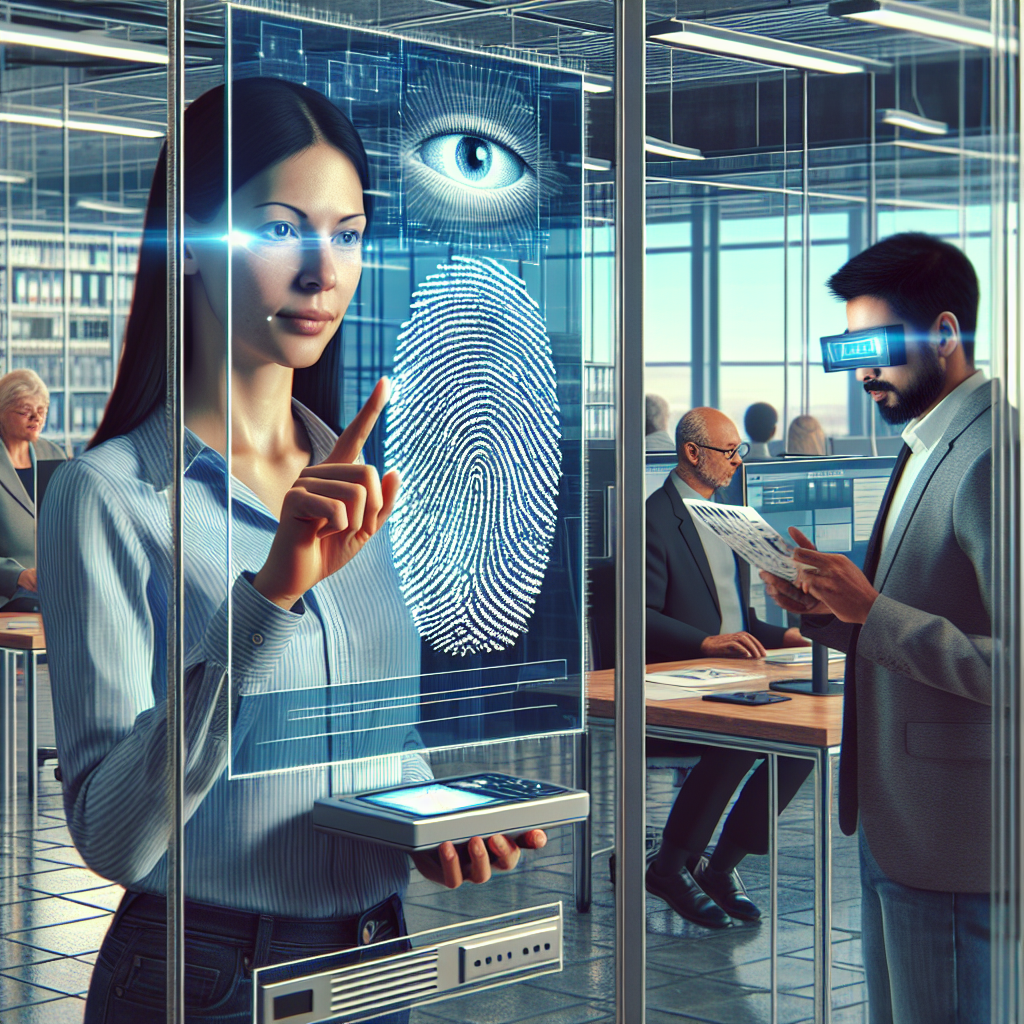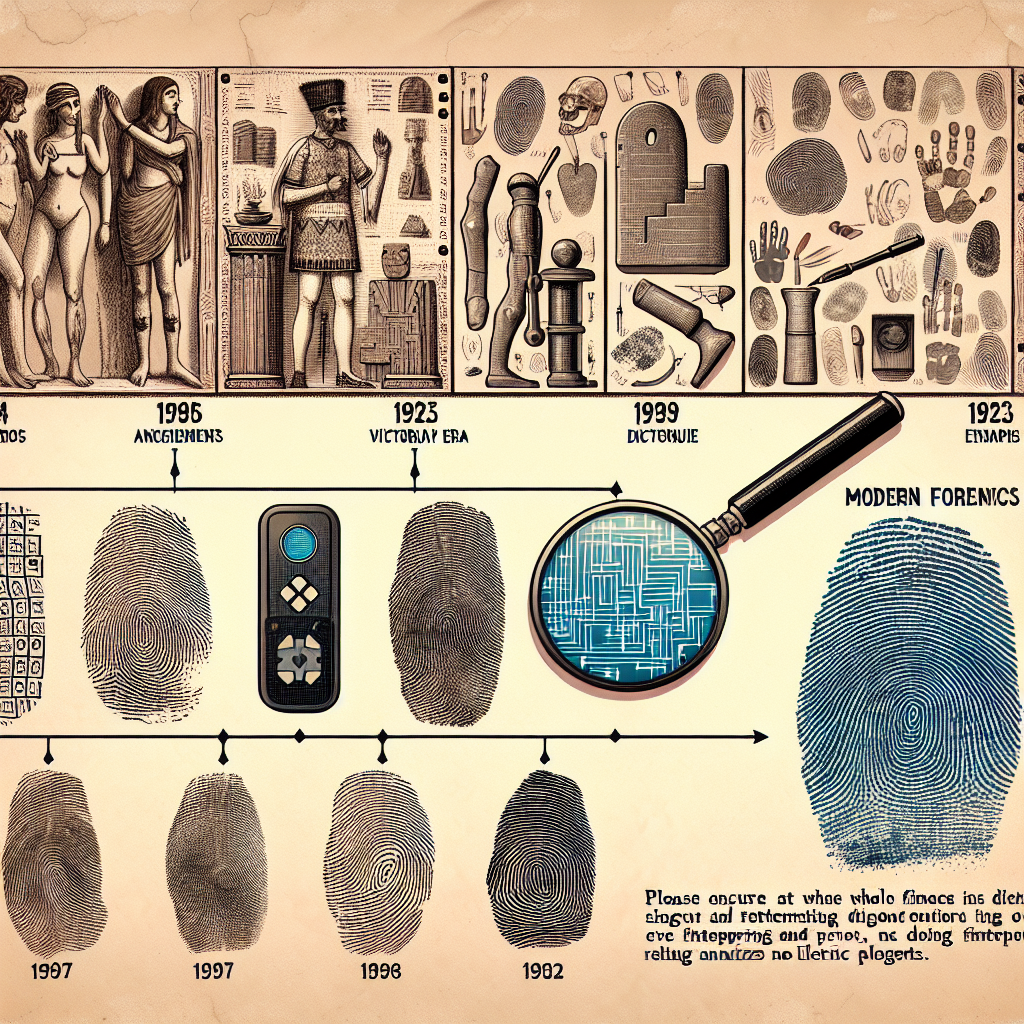Your cart is currently empty!
Tag: Fingerprinting

The Role of Fingerprinting in National Security
Fingerprinting has long been used as a tool for identifying individuals, but its role in national security has become increasingly important in recent years. With the rise of global terrorism and other threats to national security, fingerprinting has become an essential tool for law enforcement and intelligence agencies to track and monitor individuals who may pose a risk to the country.One of the key benefits of fingerprinting in national security is its ability to uniquely identify individuals. Unlike other forms of identification, such as names or social security numbers, fingerprints are unique to each individual and cannot be easily forged or duplicated. This makes fingerprints an invaluable tool for law enforcement agencies to track and monitor individuals who may be involved in criminal or terrorist activities.
Fingerprinting is also used as a tool for background checks and vetting individuals who may have access to sensitive information or secure facilities. By cross-referencing fingerprints against databases of known criminals or terrorists, law enforcement agencies can quickly identify individuals who may pose a risk to national security.
In addition to identifying individuals, fingerprinting can also be used to track the movements of individuals across borders. Many countries now collect fingerprints from individuals entering or leaving the country as a way to monitor and track individuals who may be involved in criminal or terrorist activities. This information can be shared with other countries to help prevent individuals from traveling across borders to carry out attacks.
Fingerprinting is also used as a tool for intelligence gathering and analysis. By collecting fingerprints from individuals who may be involved in criminal or terrorist activities, intelligence agencies can build a database of individuals who may pose a threat to national security. This information can be used to track and monitor individuals, as well as to identify potential links between individuals and terrorist organizations.
Overall, fingerprinting plays a crucial role in national security by providing law enforcement and intelligence agencies with a powerful tool for identifying and tracking individuals who may pose a risk to the country. As threats to national security continue to evolve, fingerprinting will remain an essential tool for protecting the safety and security of the nation.
#Role #Fingerprinting #National #Security,fingerprint
Fingerprinting in the Workplace: How Employers are Using Biometrics for Identification and Security
In recent years, many employers have turned to biometric technology, specifically fingerprinting, as a method of identification and security within the workplace. This technology has been touted as a more secure and efficient way of verifying the identity of employees, as well as monitoring their attendance and access to certain areas.Fingerprinting works by capturing an image of an individual’s unique fingerprint pattern, which is then stored in a database and used to verify their identity when needed. This method is considered to be highly accurate, as each person’s fingerprint is completely unique and cannot be easily replicated.
One of the main reasons why employers are turning to fingerprinting is to enhance security within the workplace. By using biometric technology, employers can ensure that only authorized individuals have access to certain areas or systems, reducing the risk of unauthorized access or security breaches.
Additionally, fingerprinting can also be used to track employee attendance and monitor their work hours. This can help employers to accurately record employee hours worked and ensure that they are being paid fairly for their time.
While fingerprinting has proven to be an effective method of identification and security in the workplace, it has also raised some concerns about privacy and data security. Some employees may feel uncomfortable with the idea of having their biometric data stored and used by their employer, raising questions about how this information is protected and who has access to it.
Employers who choose to implement fingerprinting in the workplace should be transparent with their employees about how their biometric data will be used and stored, and should ensure that appropriate security measures are in place to protect this sensitive information.
Overall, fingerprinting is becoming an increasingly common tool used by employers to enhance security and streamline identification processes in the workplace. While there are some concerns about privacy and data security, when implemented properly, fingerprinting can be a valuable asset for employers looking to improve security and efficiency within their organization.
#Fingerprinting #Workplace #Employers #Biometrics #Identification #Security,fingerprint
History and Evolution of Fingerprinting: From Ancient Civilizations to Modern Forensics
Fingerprinting is a widely used method of identification in modern forensics, but its origins can be traced back to ancient civilizations. The history and evolution of fingerprinting is a fascinating journey that showcases the development of this unique form of identification over centuries.The earliest recorded use of fingerprinting can be found in ancient Babylon, where fingerprints were pressed into clay tablets for business transactions. Similarly, in ancient China, thumbprints were used as signatures on legal documents as early as the 3rd century BC. The ancient Greeks and Romans also used fingerprints as a form of identification, often using them to seal important documents.
In the 19th century, the study of fingerprints gained significant momentum thanks to the work of Sir Francis Galton, a British scientist who is often referred to as the father of fingerprinting. Galton conducted extensive research on the uniqueness and permanence of fingerprints, laying the foundation for modern fingerprint identification techniques. In 1892, Juan Vucetich, an Argentine police official, became the first person to use fingerprints in a criminal investigation, successfully identifying a suspect based on his fingerprints.
The breakthrough in fingerprint identification came in the early 20th century with the development of fingerprint classification systems. The most widely used classification system, known as the Henry Classification System, was developed by Sir Edward Henry, an English police officer. This system categorizes fingerprints based on their unique characteristics, making it easier for forensic experts to match prints to individuals.
Today, fingerprinting is an essential tool in modern forensic science. Fingerprint databases are used by law enforcement agencies around the world to identify suspects, solve crimes, and exonerate the innocent. Advances in technology have made it easier and faster to analyze and compare fingerprints, increasing the accuracy and efficiency of the identification process.
The evolution of fingerprinting from ancient civilizations to modern forensics is a testament to the enduring value and reliability of this form of identification. As technology continues to advance, fingerprinting will likely remain a vital tool in the field of forensic science, helping to bring criminals to justice and ensure the safety of communities around the world.
#History #Evolution #Fingerprinting #Ancient #Civilizations #Modern #Forensics,fingerprint
